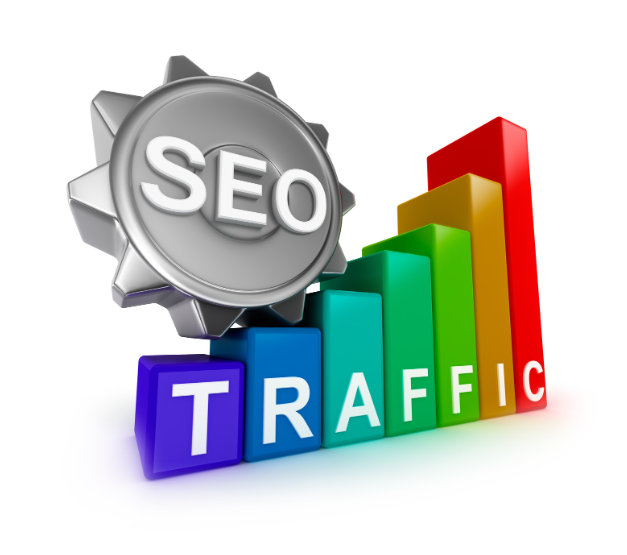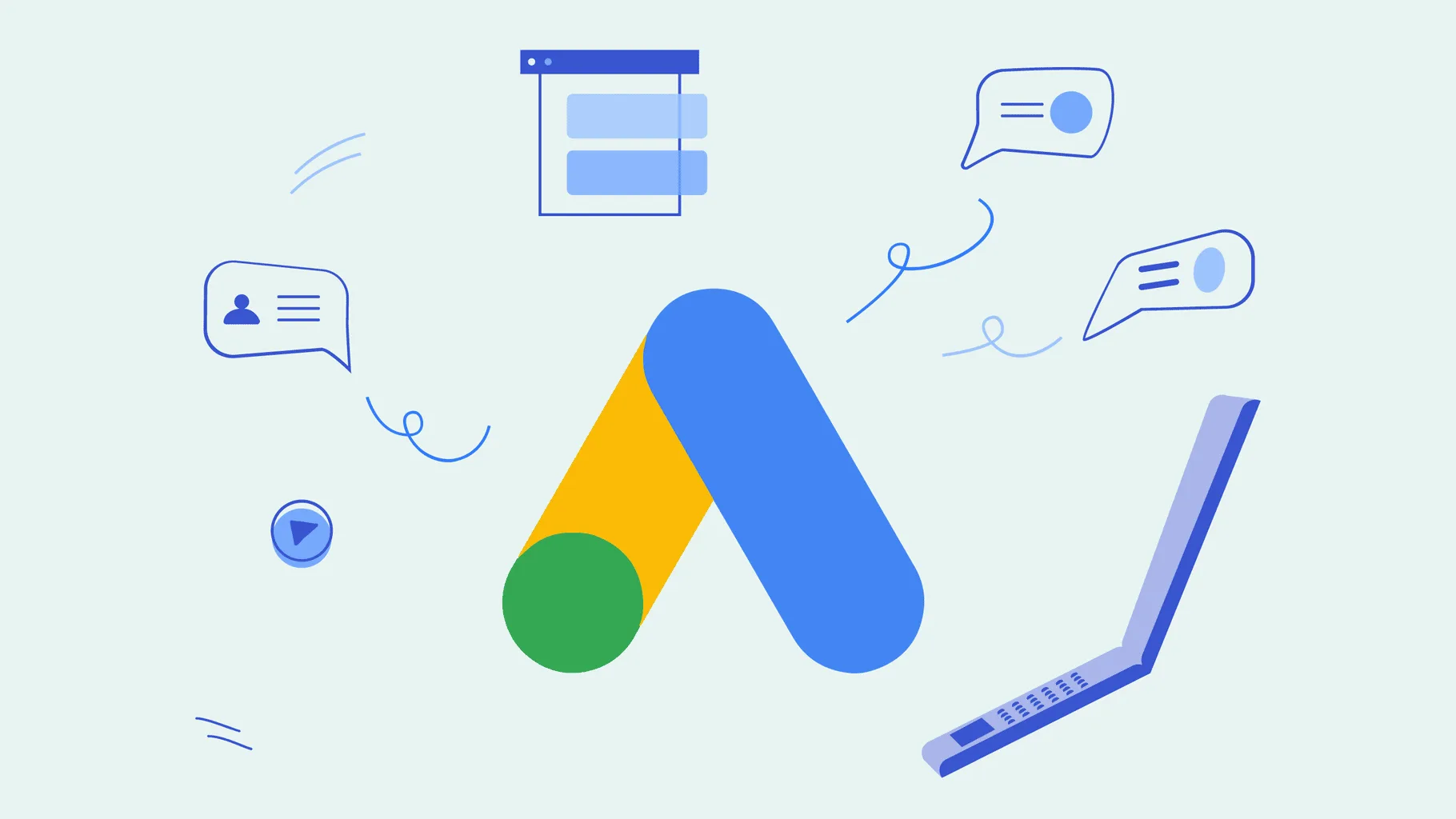In the competitive landscape of digital marketing, crafting an effective landing page is crucial for converting Google Search Ad clicks into valuable leads or sales. A landing page serves as the destination for users who click on your ads, and its design can significantly impact your conversion rates. By optimizing your landing pages, you can enhance the effectiveness of your Google Search Ads and drive targeted traffic to your business. In this guide, we’ll explore essential tips and best practices for designing landing pages that truly convert.
Understanding the Role of Landing Pages
A landing page is a standalone web page designed with a specific purpose: to convert visitors into leads or customers. Unlike a homepage, which serves as a general introduction to your brand, a landing page focuses on a single objective, such as capturing contact information or encouraging a purchase. The effectiveness of your Google Search Ads heavily relies on how well your landing page aligns with your ad’s goals and messaging.
Aligning Landing Pages with Ad Copy
One of the most critical aspects of designing a high-converting landing page is ensuring that it aligns seamlessly with your ad copy. When users click on your Google Search Ad, they expect to find content that matches the promise made in the ad. Consistency between your ad’s message and your landing page’s content not only enhances user experience but also improves conversion rates. Ensure that your landing page addresses the specific needs or queries mentioned in your ad copy.
Crafting a Compelling Headline
The headline is one of the first elements visitors see on your landing page, making it a crucial factor in grabbing their attention. A compelling headline should clearly convey the value proposition and include relevant keywords to align with the search intent. Aim for clarity and impact, ensuring that your headline resonates with the promise made in your Google Search Ad.
Designing for User Experience (UX)
An effective landing page design prioritizes user experience (UX). This involves creating a clean and intuitive layout that guides visitors toward the desired action. Key UX considerations include a visually appealing design, easy-to-read fonts, and straightforward navigation. Make sure that your landing page is free of distractions and focuses on leading users toward your call-to-action (CTA).
Creating Clear and Persuasive Calls-to-Action (CTAs)
A well-designed CTA can significantly boost conversion rates. Your CTA should be clear, compelling, and action-oriented. Use persuasive language that motivates users to take the next step, such as “Get Started Now” or “Claim Your Discount.” The CTA button should be prominently placed and visually distinct to catch the user’s eye.
Optimizing Page Speed and Mobile Responsiveness
Page speed and mobile responsiveness are crucial for both user experience and SEO. Slow-loading pages can lead to higher bounce rates and lower conversion rates. Additionally, with a significant portion of traffic coming from mobile devices, it’s essential to ensure that your landing page is optimized for mobile viewing. Test your page on various devices and browsers to ensure a seamless experience for all users.
Leveraging Social Proof and Trust Signals
Adding elements of social proof, such as testimonials, reviews, and trust badges, can enhance the credibility of your landing page and increase conversions. Social proof helps build trust with your audience by showcasing the positive experiences of others. Trust signals, such as secure payment icons or industry certifications, reassure visitors that your business is reputable and reliable.
Implementing A/B Testing for Continuous Improvement
A/B testing involves creating different versions of your landing page to determine which one performs better. By testing variations in headlines, CTAs, images, and other elements, you can identify what resonates most with your audience. Continuous A/B testing allows you to refine your landing page based on data-driven insights, leading to improved conversion rates over time.
Analyzing and Measuring Landing Page Performance
To gauge the effectiveness of your landing page, it’s essential to track and analyze key performance metrics. Metrics such as conversion rate, bounce rate, and average session duration provide valuable insights into how well your landing page is performing. Utilize tools like Google Analytics to monitor these metrics and make data-driven adjustments to optimize your page.
Takeaway
Designing landing pages that convert Google Search Ad clicks requires a strategic approach, focusing on alignment with ad copy, compelling headlines, user experience, and continuous optimization. By implementing these best practices, you can enhance the effectiveness of your Google Search Ads and drive higher conversion rates. For expert assistance in designing and optimizing landing pages, contact Web Boost Online and elevate your business to new heights.











